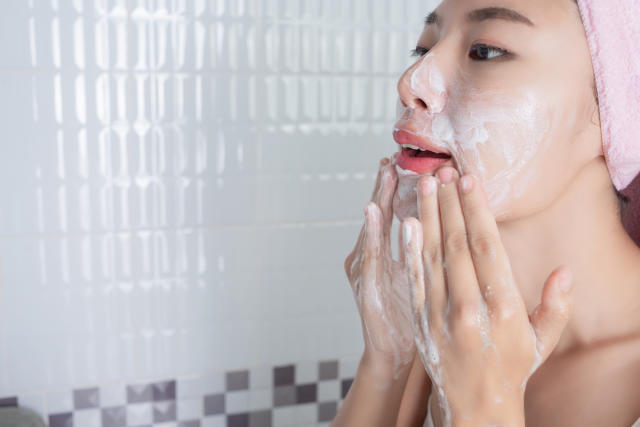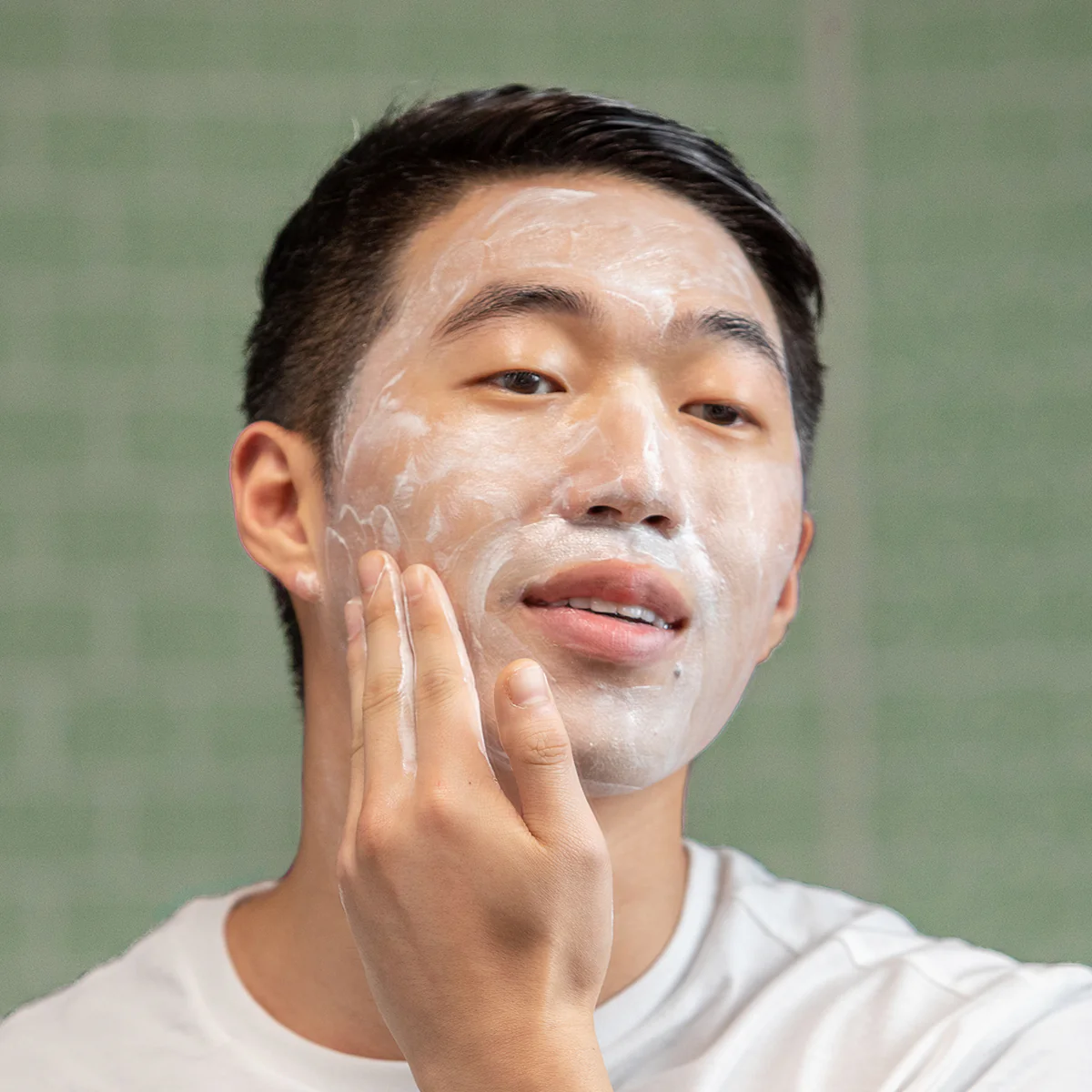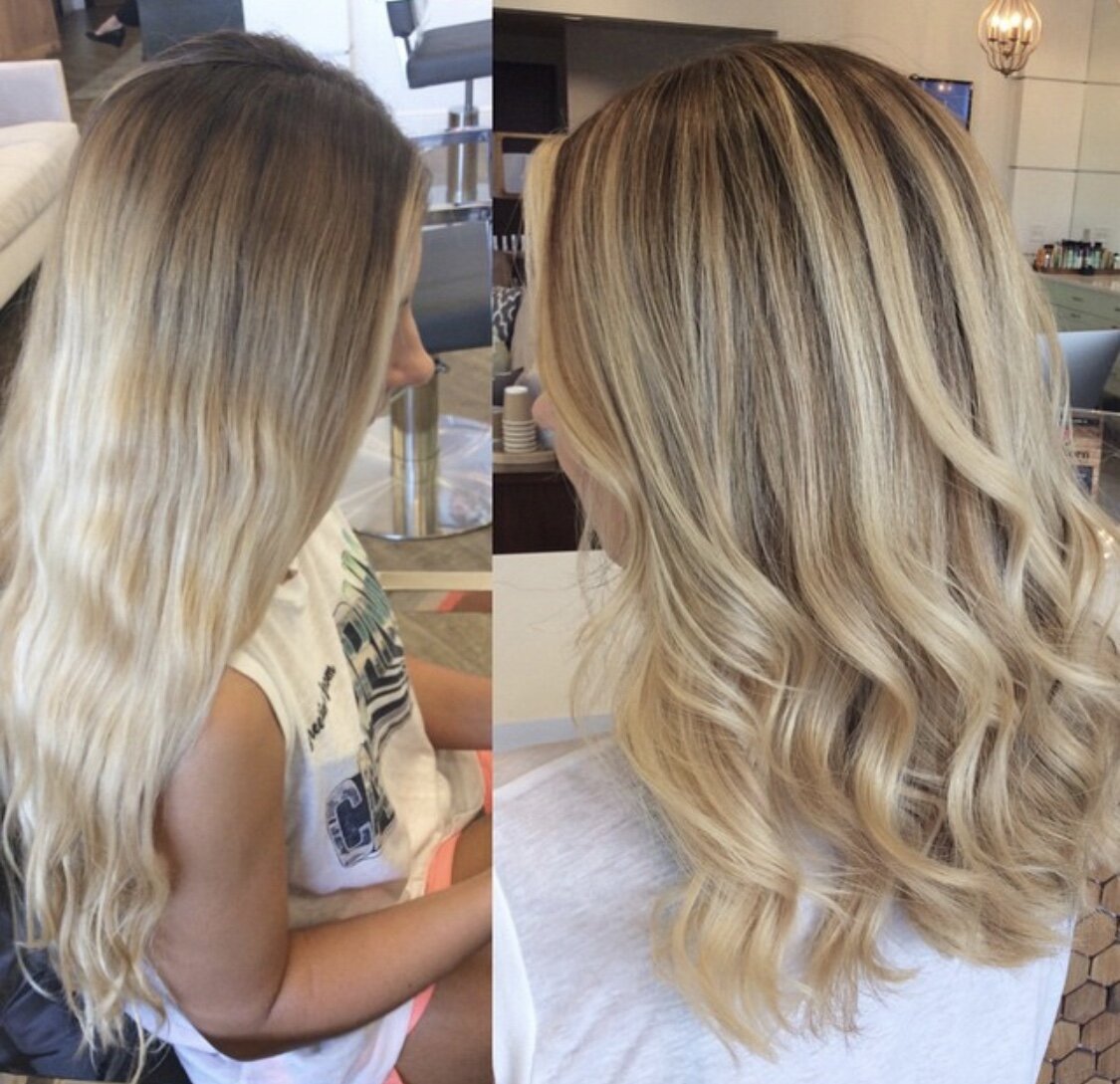Dealing with combination skin can feel like an ongoing battle. One day, your T-zone is excessively oily; the next, your cheeks are dry and flaky. This unpredictable nature makes finding the right skincare routine a challenge. However, Korean skincare offers a unique approach that might be the key to balancing combination skin effectively.
Korean beauty routines focus on prevention rather than just treatment. By layering products strategically and using specialized formulations, they address the root causes of skin issues before they escalate. One of the cornerstones of their regimen is cleansing, and applying Korean face wash the right way can make all the difference. Below are five tried-and-true tips to get the most out of your Korean face wash for combination skin.

1. Deep Cleanse with Detoxifying Treatments
Korean skincare is all about maintaining a clean slate. Before washing your face, consider incorporating detoxifying treatments like charcoal peel-off masks. Activated charcoal effectively draws out impurities and helps to even out skin tone. This pre-cleansing step allows your face wash to work more efficiently by clearing clogged pores and creating a smooth surface for absorption.
To avoid over-drying, limit detox masks to once or twice a week and focus application on oilier areas. Overuse in dry zones can lead to excessive flaking, which can disrupt the balance of combination skin.
2. Customize the Double-Cleansing Method
Double cleansing is a staple in Korean skincare, but combination skin requires a slightly adjusted approach. Instead of using the same cleanser all over, consider using different products for different areas. A gentle, hydrating cleanser can be used on dry patches, while an oil-controlling formula is ideal for the T-zone.
For an extra boost, try massaging a tiny drop of cinnamon oil into dry areas before cleansing. This enhances circulation and promotes skin renewal, making it easier for new, healthy cells to form.
3. Use Exfoliating Cleansers Wisely
Daily exfoliation might seem excessive, but Korean exfoliating cleansers are formulated to be gentle enough for regular use. Many contain natural oils and botanical extracts that hydrate while sloughing off dead skin cells. This ensures that exfoliation does not strip the skin of its essential moisture.
For a DIY exfoliating treatment, mix one tablespoon of rice flour with two tablespoons of coconut milk. Add ten drops of rosehip seed oil and one tablespoon of olive oil. Massage the mixture gently onto dry skin and leave it on for a few minutes before rinsing. This natural scrub brightens and softens the skin without irritation.
4. Be Gentle—No Rubbing!
Vigorous rubbing disrupts the skin’s balance, often leading to increased oil production in some areas and excessive dryness in others. Instead, Koreans emphasize using gentle patting or massaging motions to apply skincare products. This method ensures even distribution without overstimulating the oil glands.

5. Master the Right Application Techniques
How you apply your face wash matters just as much as the product itself. The best approach is using soft, circular motions, allowing the cleanser to interact with the skin without causing friction.
When rinsing, start with the dry areas first before moving to oilier zones. This technique ensures the cleanser has more time to bind with excess oil, making it more effective in reducing shine without over-drying other parts of the face.
Final Thoughts
Skincare is evolving, and different cultures provide valuable insights into maintaining healthy skin. Korean skincare offers an innovative and holistic approach that can significantly benefit combination skin. By incorporating these steps into your routine, you can achieve a more balanced complexion and a glowing, healthy appearance. The journey to great skin is all about understanding what works best for you—and sometimes, looking beyond conventional methods can lead to the best results.




